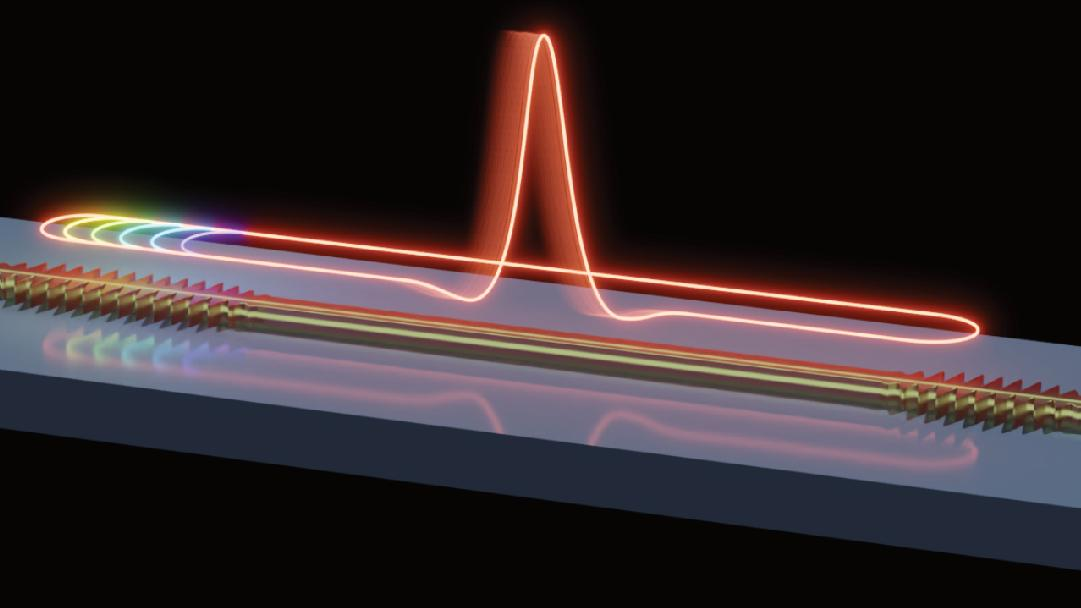Part Of ONE
1, the detection is through a certain physical way, distinguish the number of measured parameters belong to a certain range, in order to determine whether the measured parameters are qualified or whether the number of parameters exists. The process of comparing the unknown quantity measured with the standard quantity of the same nature, determining the multiple of the standard quantity measured by the measured team, and expressing this multiple numerically.
In the field of automation and detection, the task of detection is not only the inspection and measurement of finished products or semi-finished products, but also in order to inspect, supervise and control a production process or moving object to make it in the best condition selected by people, it is necessary to detect and measure the size and change of various parameters at any time. This technology of real-time detection and measurement of production process and moving objects is also called engineering inspection technology.
There are two kinds of measurement: direct measurement and indirect measurement
Direct measurement is to measure the measured value of the meter reading without any calculation, such as: using a thermometer to measure temperature, using a multimeter to measure voltage
Indirect measurement is to measure several physical quantities related to being measured, and to calculate the measured value through the functional relationship. For example, power P is related to voltage V and current I, that is, P=VI, and the power is calculated by measuring the voltage and current.
Direct measurement is simple and convenient, and is often used in practice. However, in cases where direct measurement is not possible, direct measurement is inconvenient or direct measurement error is large, indirect measurement can be used.
The concept of photoelectric sensor and sensor
The function of the sensor is to convert the non-electrical quantity into the electrical quantity output with which there is a definite corresponding relationship, which is essentially the interface between the non-electrical quantity system and the electrical quantity system. In the process of detection and control, the sensor is an essential conversion device. From the energy point of view, the sensor can be divided into two types: one is the energy control sensor, also known as active sensor; The other is the energy conversion sensor, also known as passive sensor. Energy control sensor refers to the sensor will be measured into the transformation of electrical parameters (such as resistance, capacitance) changes, the sensor needs to add an exciting power supply, can be measured parameters changes into voltage, current changes. The energy conversion sensor can directly convert the measured change into the change of voltage and current, without external excitation source.
In many cases, the non-electrical quantity to be measured is not the kind of non-electrical quantity that the sensor can convert, which requires adding a device or device in front of the sensor that can convert the non-electrical quantity measured into the non-electrical quantity that the sensor can receive and convert. The component or device that can convert the measured non-electricity into available electricity is a sensor. For example, when measuring voltage with a resistance strain gauge, it is necessary to attach the strain gauge to the elastic element of the selling pressure, the elastic element converts the pressure into a strain force, and the strain gauge converts the strain force into a change in resistance. Here the strain gauge is the sensor, and the elastic element is the sensor. Both the sensor and the sensor can convert the measured non-electricity at any time, but the sensor converts the measured non-electricity into available non-electricity, and the sensor converts the measured non-electricity into electricity.

2, photoelectric sensor is based on the photoelectric effect, the light signal into an electrical signal sensor, widely used in automatic control, aerospace and radio and television and other fields.
Photoelectric sensors mainly include photodiodes, phototransistors, photoresistors Cds, photocouplers, inherited photoelectric sensors, photocells and image sensors. A table of the main species is shown in the figure below. In practical application, it is necessary to select the appropriate sensor to achieve the desired effect. The general selection principle is: high-speed photoelectric detection circuit, wide range of illuminance meter, ultra-high-speed laser sensor should choose photodiode; The simple pulse photoelectric sensor of several thousand Hertz and the low-speed pulse photoelectric switch in the simple circuit should choose the phototransistor; Although the response speed is slow, the resistance bridge sensor with good performance and the photoelectric sensor with resistance property, the photoelectric sensor in the automatic lighting circuit of the street lamp, and the variable resistance that changes proportionally with the strength of the light should choose Cds and Pbs photosensitive elements; Rotary encoders, speed sensors and ultra-high speed laser sensors should be integrated photoelectric sensors.
Photoelectric sensor type Example of photoelectric sensor
PN junction PN Photodiode (Si, Ge, GaAs)
PIN Photodiode (Si material)
Avalanche photodiode (Si, Ge)
Phototransistor (PhotoDarlington tube) (Si material)
Integrated photoelectric sensor and photoelectric thyristor (Si material)
Non-pn junction photocell (material using CdS, CdSe, Se, PbS)
Thermoelectric components (materials used (PZT, LiTaO3, PbTiO3)
Electron tube type phototube, camera tube, photomultiplier tube
Other color sensitive sensors (Si, α-Si materials)
Solid image sensor (Si material, CCD type, MOS type, CPD type
Position detection element (PSD) (Si material)
Photocell (Photodiode) (Si for materials)
Post time: Jul-18-2023





